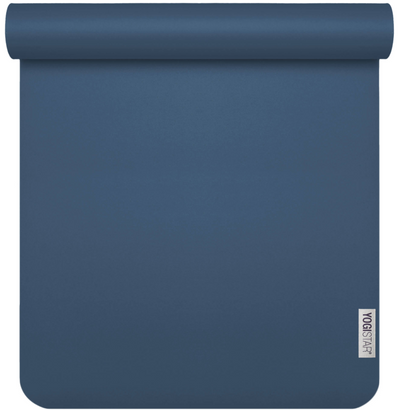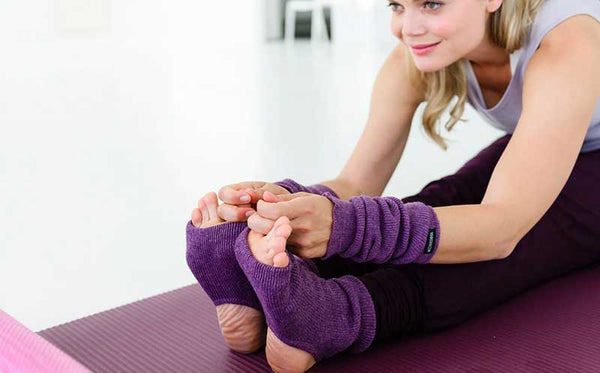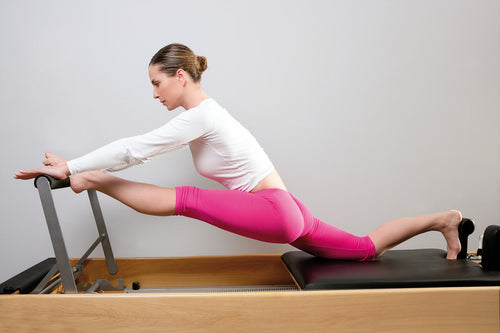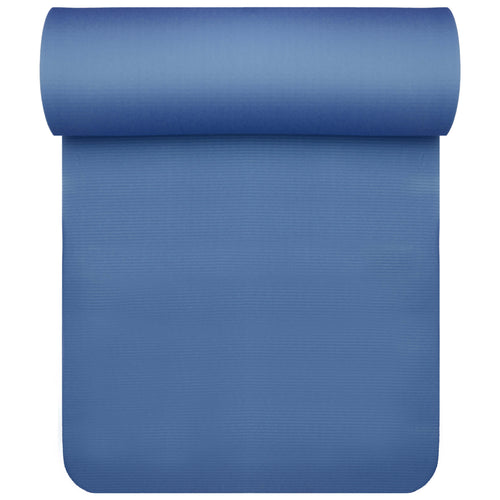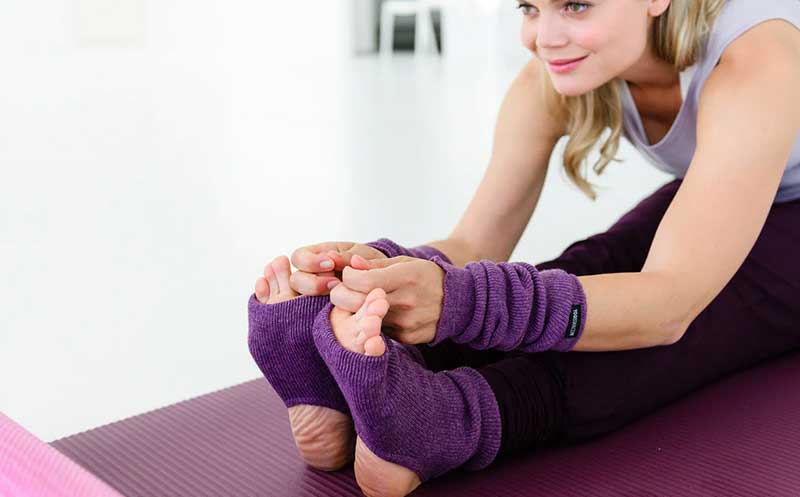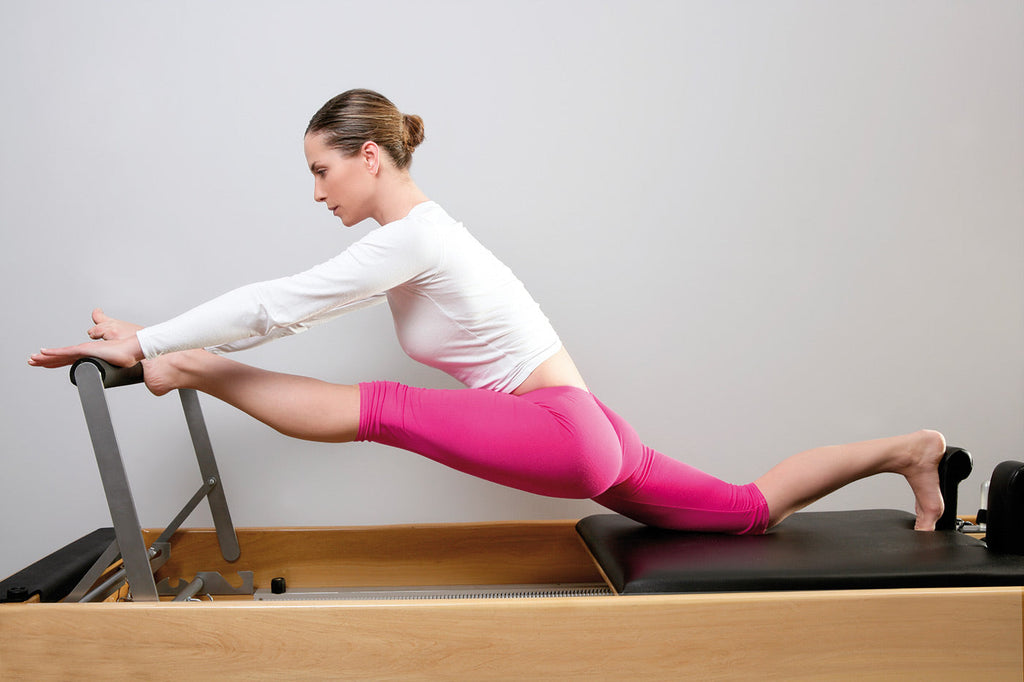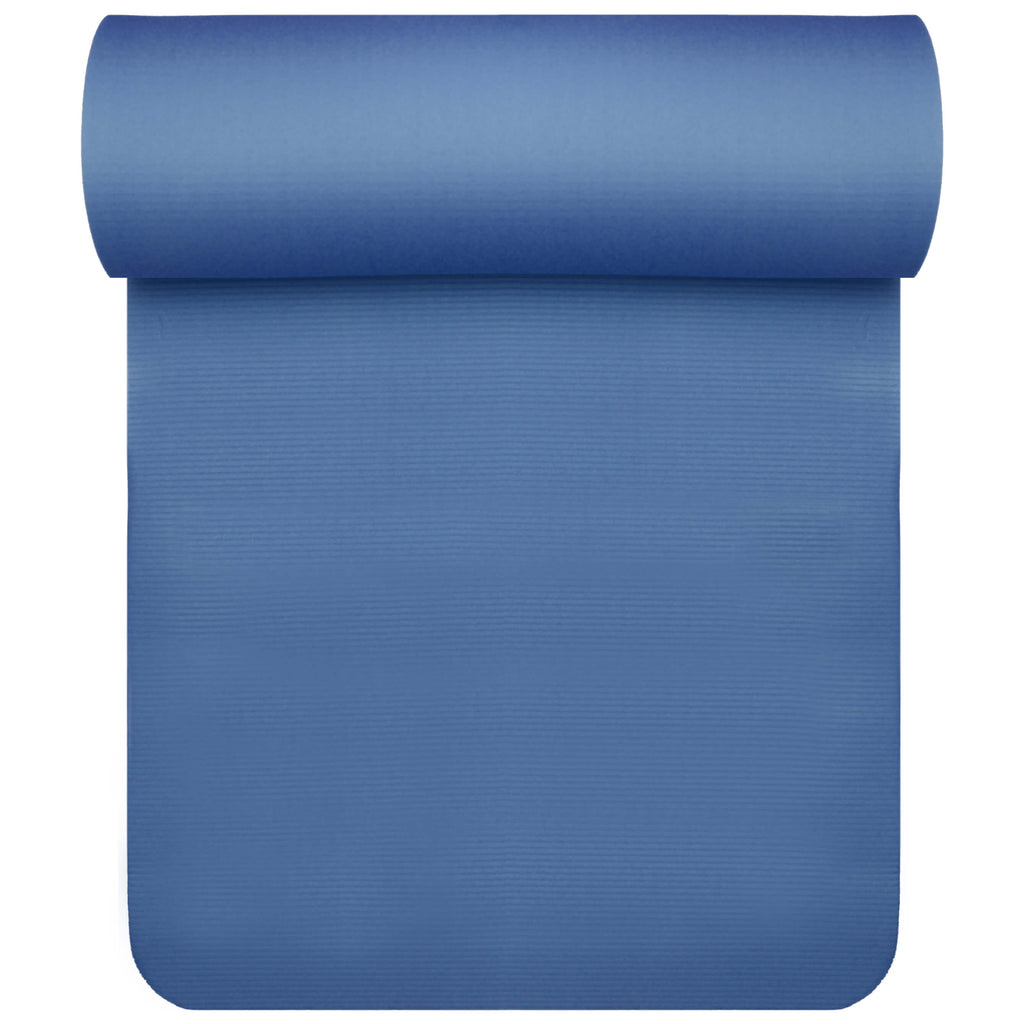Yoga Anatomy
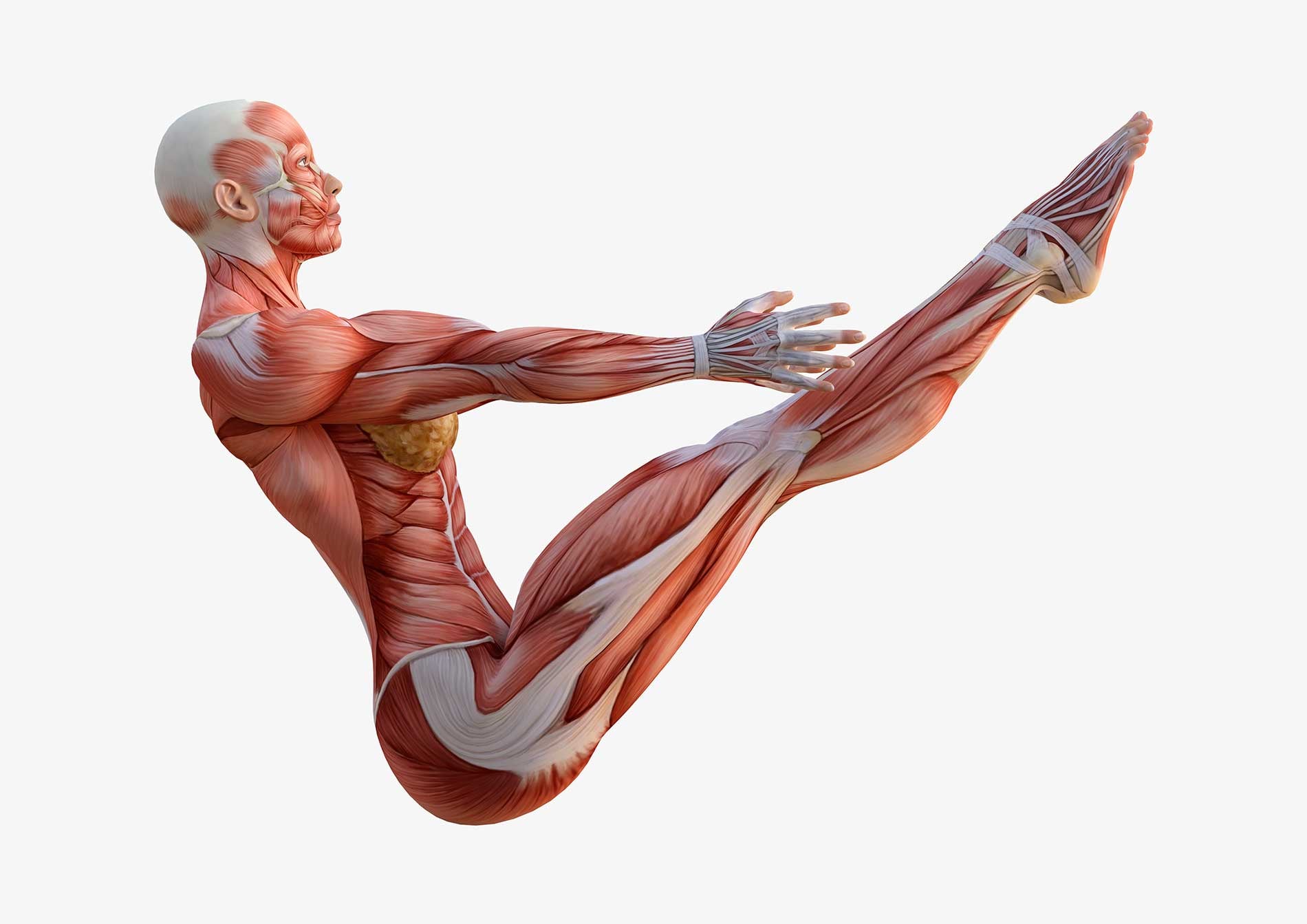
Yoga anatomy: a major role
Knowledge of yoga anatomy can play a major role in asana practice: It helps to better understand how the various yoga poses work, to minimise the risk of injury and to perform the asanas in such a way that they harmonise with the anatomical conditions of the body and can fully unfold their benefits.
Yoga-Anatomie und Alignment
Asana practice is not just about "somehow" bringing the body into the respective form of the yoga posture, but HOW is always important - the subtleties of physical alignment in the postures as well as in the transitions, i.e. when finding our way into a yoga posture and when releasing it, are decisive for whether the posture is good for us or whether it puts one-sided strain on certain physical structures or otherwise places unfavourable demands on them and can perhaps even lead to injuries. Trained yoga teachers are aware of these subtleties and take them into account in their instructions. A sound knowledge of the anatomy of the human body is the basis for a good understanding of alignment - which is why yoga anatomy is an important subject area in yoga teacher training programmes and should not be neglected. Thanks to their familiarity with yoga anatomy and their well-developed powers of observation, experienced yoga teachers have an eye for when someone has a disharmonious alignment and can correct accordingly. They know which details to pay attention to when performing the respective asanas so that the postures are safe and can have the desired effects.
Yoga anatomy and specific goals in asana practice
Knowing what happens in the body during an asana, which parts of the body are involved in which way, where it is stretched and where it is strengthened, is not only exciting, but also valuable. This is because yoga practice can be specifically designed to address certain areas of the body and objectives such as mobilisation and strength building can be effectively implemented with this knowledge. In recent years, knowledge from the field of yoga anatomy has also been expanded to include the many new findings on the topic of fascia, so that asana practice can now also be consciously designed in such a way that it has a regenerating, "detackifying" effect on the fascial tissue.
In addition to specific goals, individual needs can also be better recognised against the background of yoga anatomy, and the personal yoga practice can take these into account very well.
Yoga anatomy and personalised yoga practice
Even though we all share the same basic anatomical features and every human body has the same basic structure, every person is unique and everyone has their own anatomical requirements. While one yoga student, for example, has great mobility in the hips but little mobility in the thoracic spine, the opposite may be true for another. Some have supple tendons, but a lot of muscular stiffness and tension. In some, the muscles are very pronounced, in others not so much. Yoga anatomy teaches us that all these individual characteristics should be taken into account when practising asanas. They explain why certain asanas are playfully easy for some, while others can only do them with difficulty or not at all. In addition, these circumstances also require a sensible selection of asanas or a harmonious modification. For example, for someone who is overly flexible in their tendons but has little muscle strength, it may be appropriate to focus on strengthening exercise sequences first. If postures with intensive stretches are practised with such prerequisites, this can lead to the tendons and ligaments wearing out unintentionally in the long term. This is just one example of why a combination of asanas based on yoga anatomy can be recommended.
Individual physical limitations - whether due to injury or illness or permanent one-sided strain - should also be mentioned in this context. In order to protect pre-existing or injured body parts, the yoga practice should always be skilfully adapted.
Many asanas can be individualised to take account of the respective requirements. Sometimes, for example, there are variations that involve less stretching or less weight on a particular joint, etc. Aids such as yoga blocks or yoga straps can often be useful for this.
If you are aiming for a yoga anatomy-orientated practice, you should definitely familiarise yourself with the various tools available in the yoga equipment range. To find out what types of yoga equipment there are and how you can use them, read the article Yoga equipment. Of course, you can also find more detailed information in our product descriptions.
Recognising progress
If you have a strong body awareness and a good understanding of yoga anatomy, you will notice particularly quickly and clearly how regular yoga practice leads to changes. Even if some of the physical conditions we bring with us cannot be changed, the effects of practising asanas soon become apparent, such as greater mobility in certain areas of the body and an increase in strength.
Yoga anatomy is more far-reaching than you think
Most people think of the bones, muscles, tendons, ligaments, joints and fasciae when they think of yoga anatomy. However, in addition to the musculoskeletal system, the organs are also part of the anatomy and are also relevant to yoga practice. This additional area is therefore also part of the diverse field of yoga anatomy.
Books on yoga anatomy
There are some good reference books on yoga anatomy on the yoga book market, which many yoginis and yogis find very helpful and which can also serve as valuable reference works for yoga teachers. Our impression is that the various standard works complement each other, so that it may well be worth buying several anatomy books to complement each other.
The books on yoga anatomy by Leslie Kaminoff, for example, are particularly popular because of their illustrations: These show the anatomical structures in the various asanas. Another standard work on yoga anatomy is the book Anatomy of Hatha Yoga by H. David Coulter, which was published in German by Yoga Verlag a few years ago and was warmly welcomed and enthusiastically received by the German-speaking yoga community.
Conclusion: Yoga anatomy is exciting and worthwhile!
The human body is a true miracle - and the closer you look, the more this becomes apparent in its anatomy. How everything in the body interlocks, plays together and interacts perfectly is astonishing and anything but dry learning material. Many people therefore study anatomy with great curiosity and passion. Even those who are less able to share this pure joy of anatomy have many advantages for their asana practice thanks to their knowledge of yoga anatomy.


